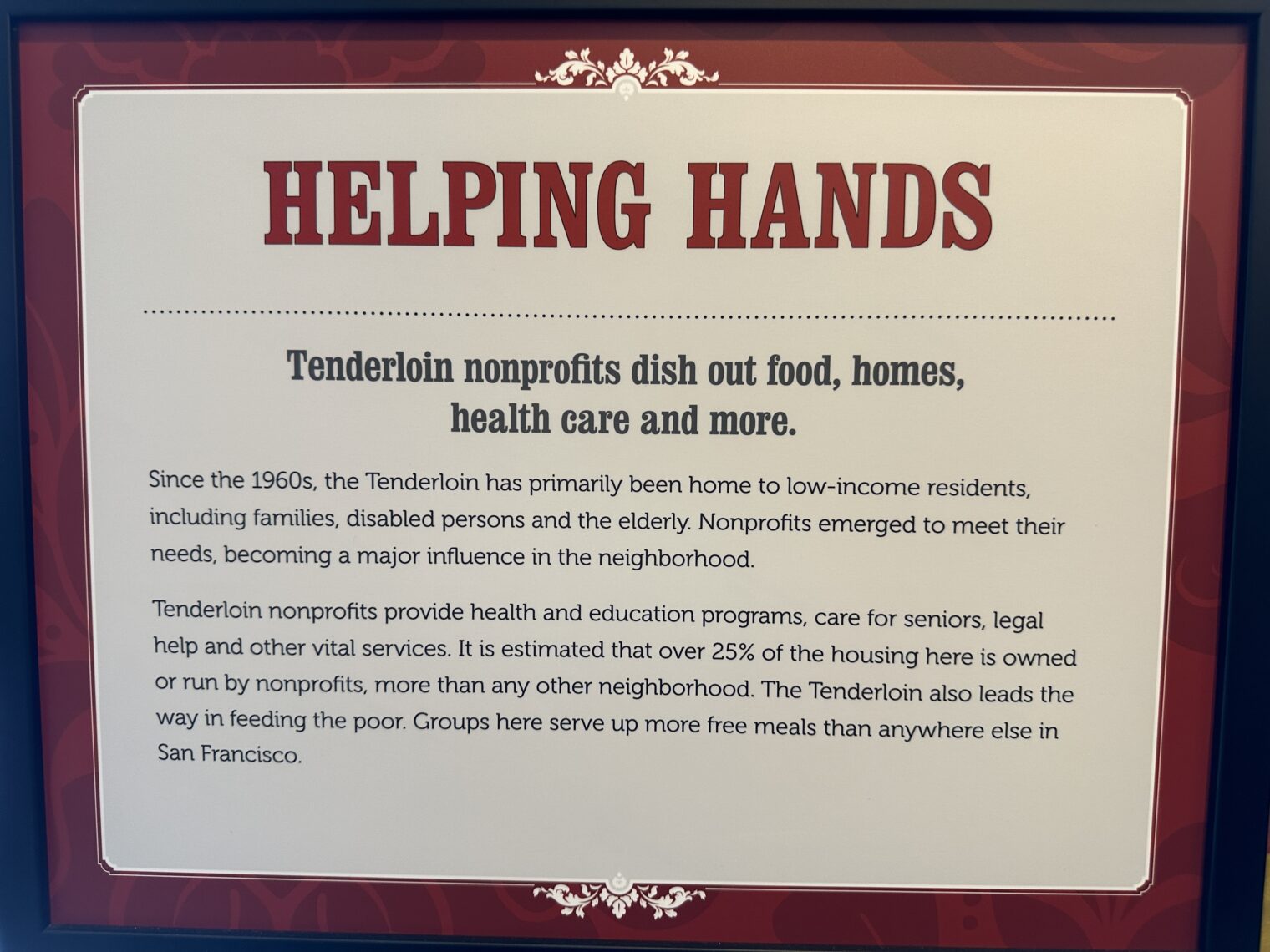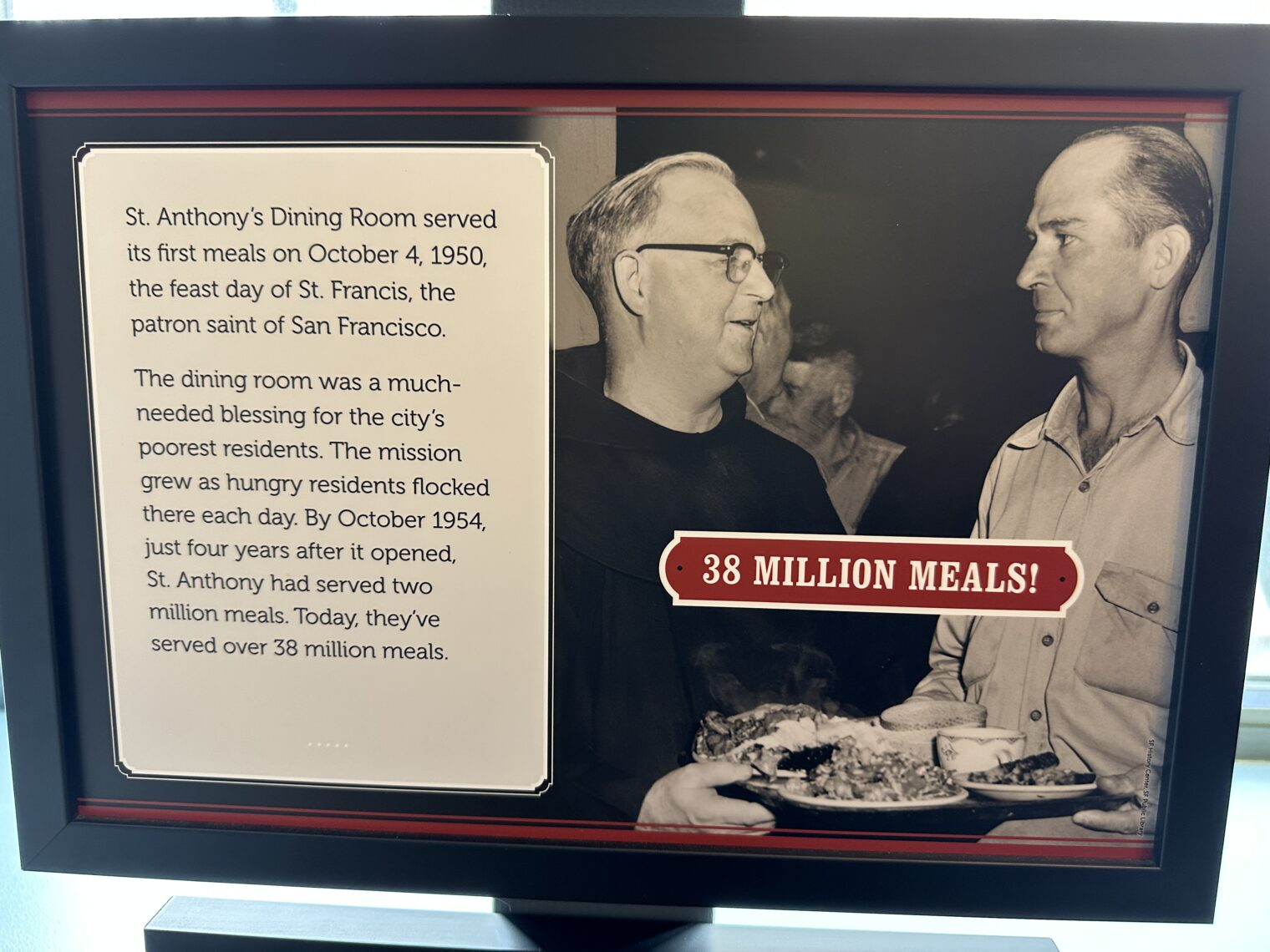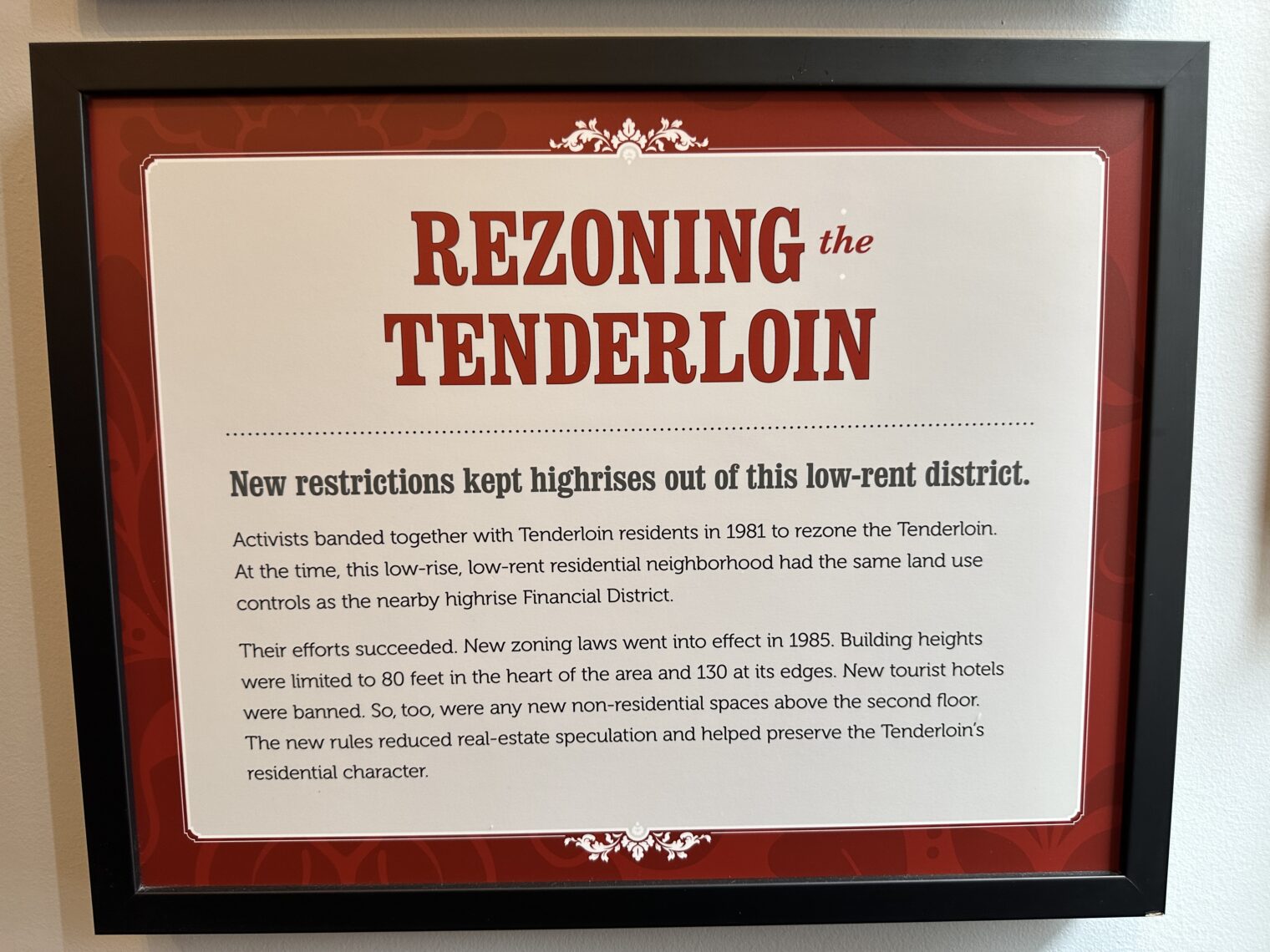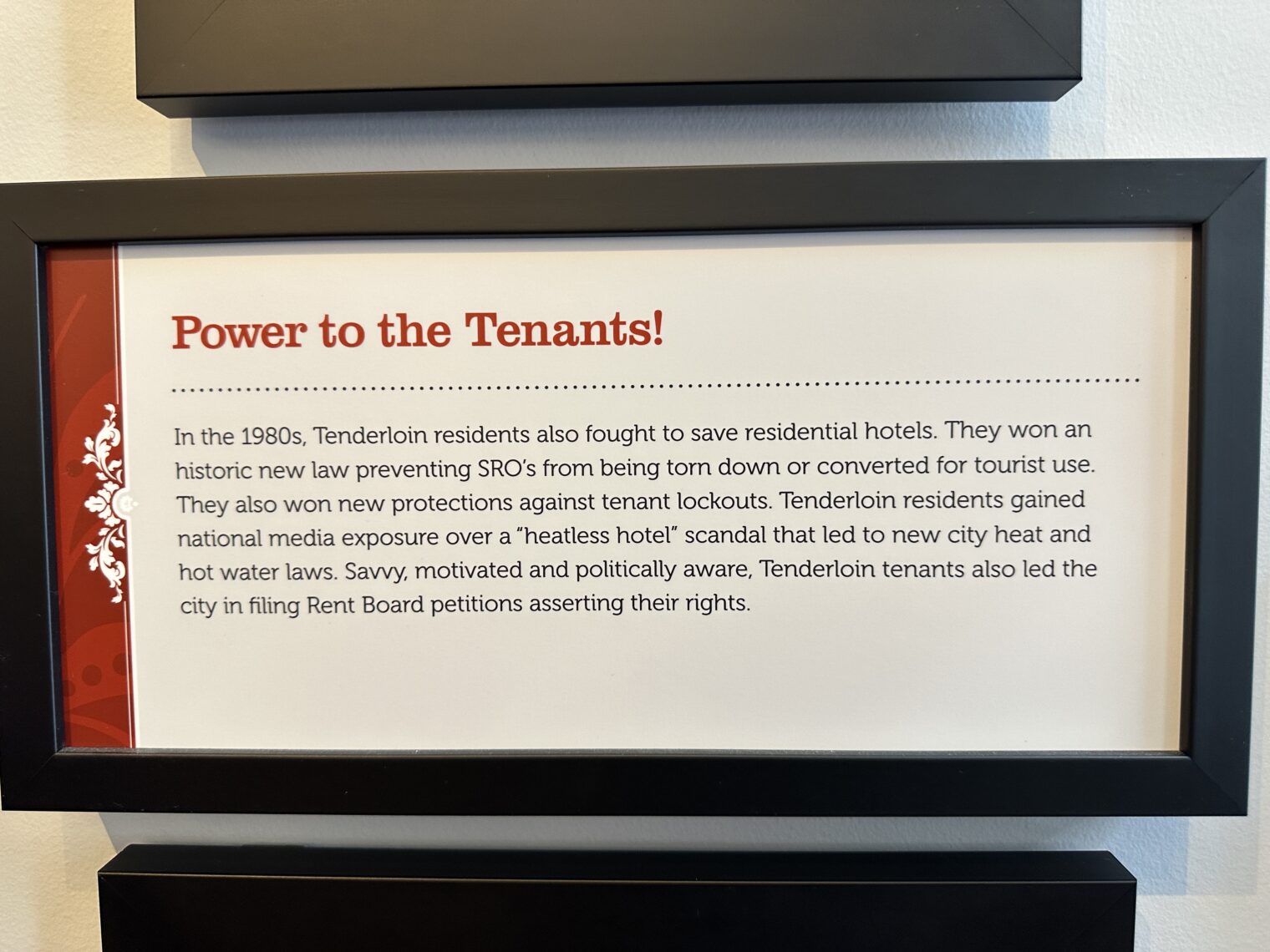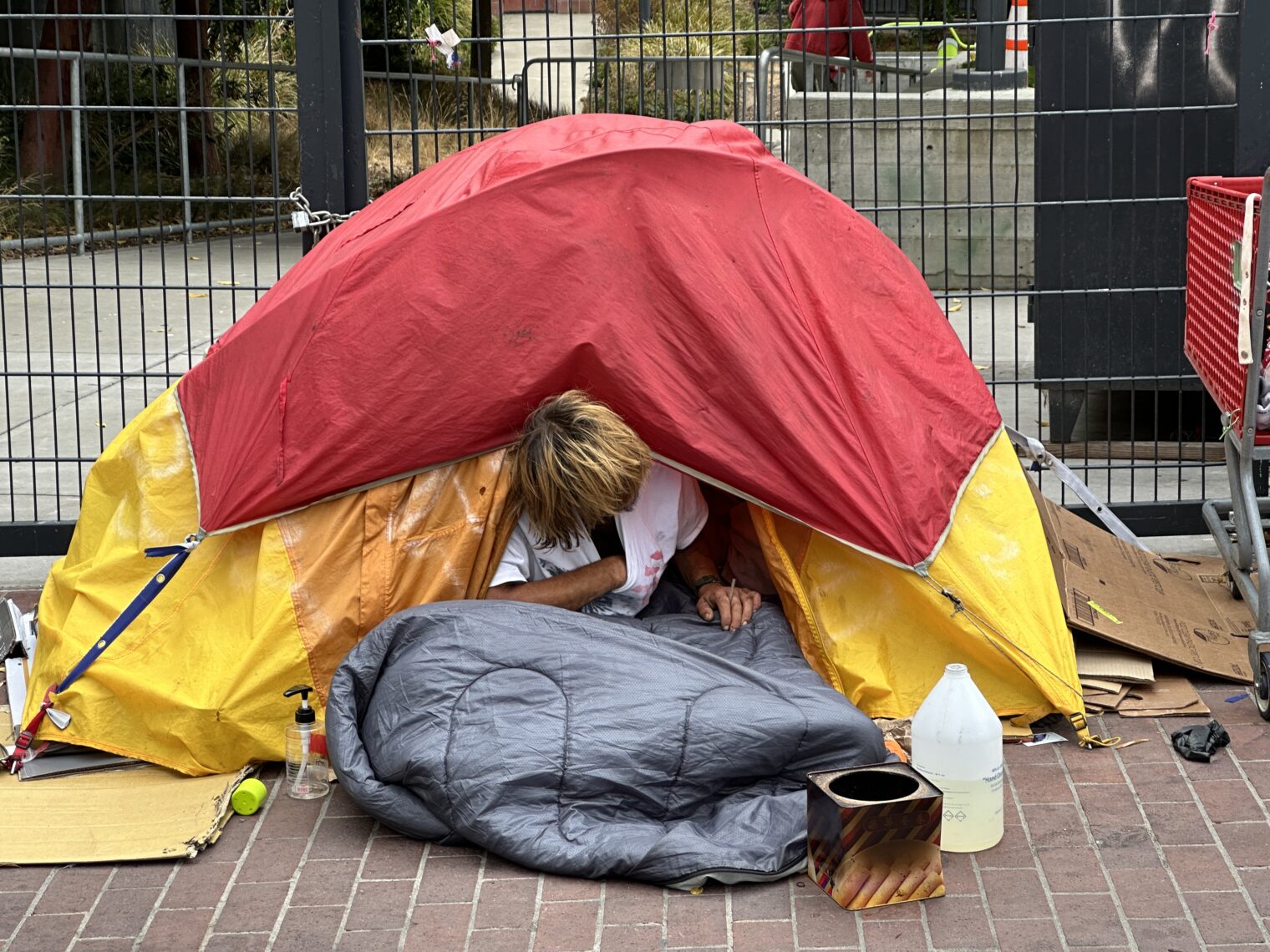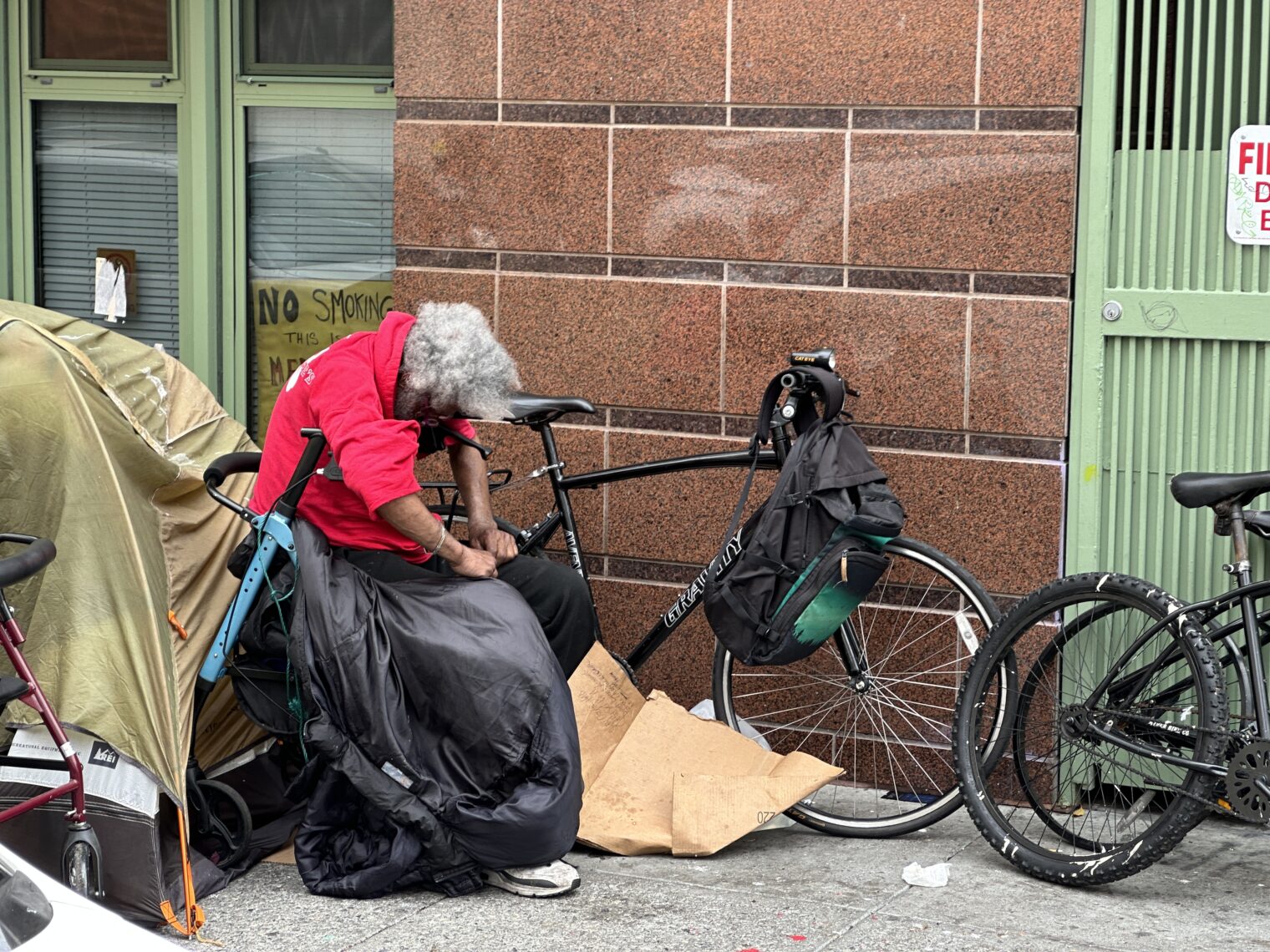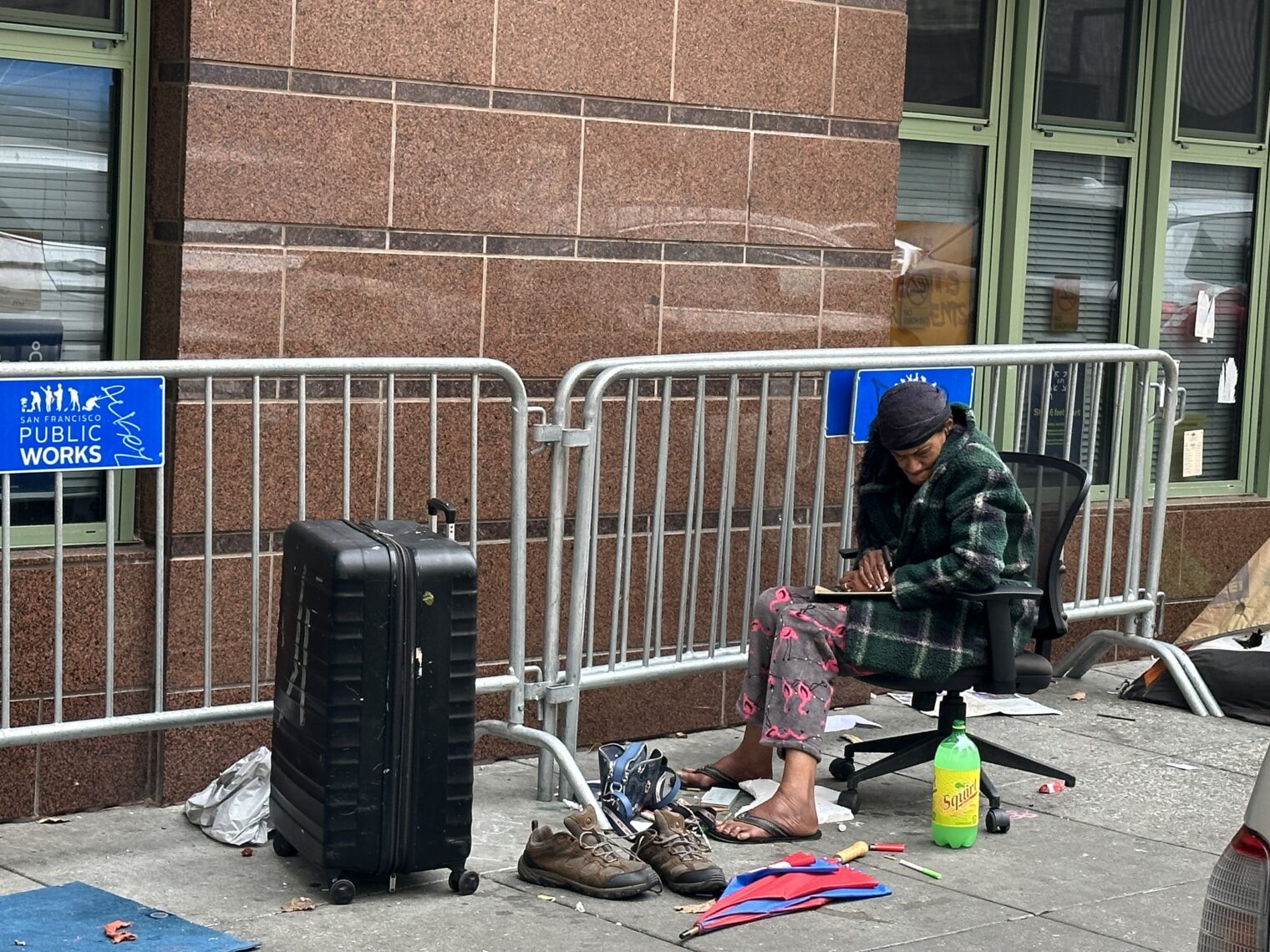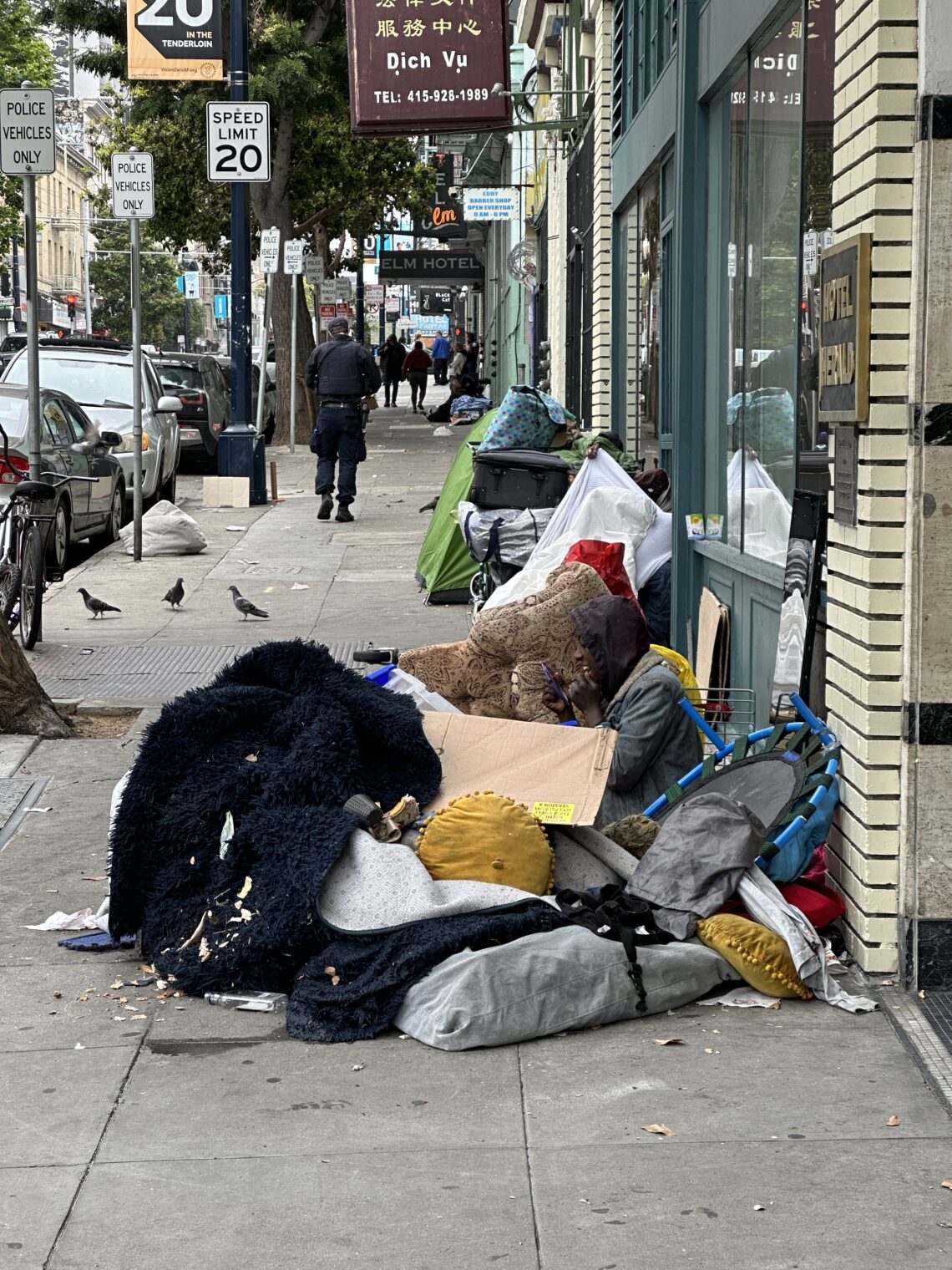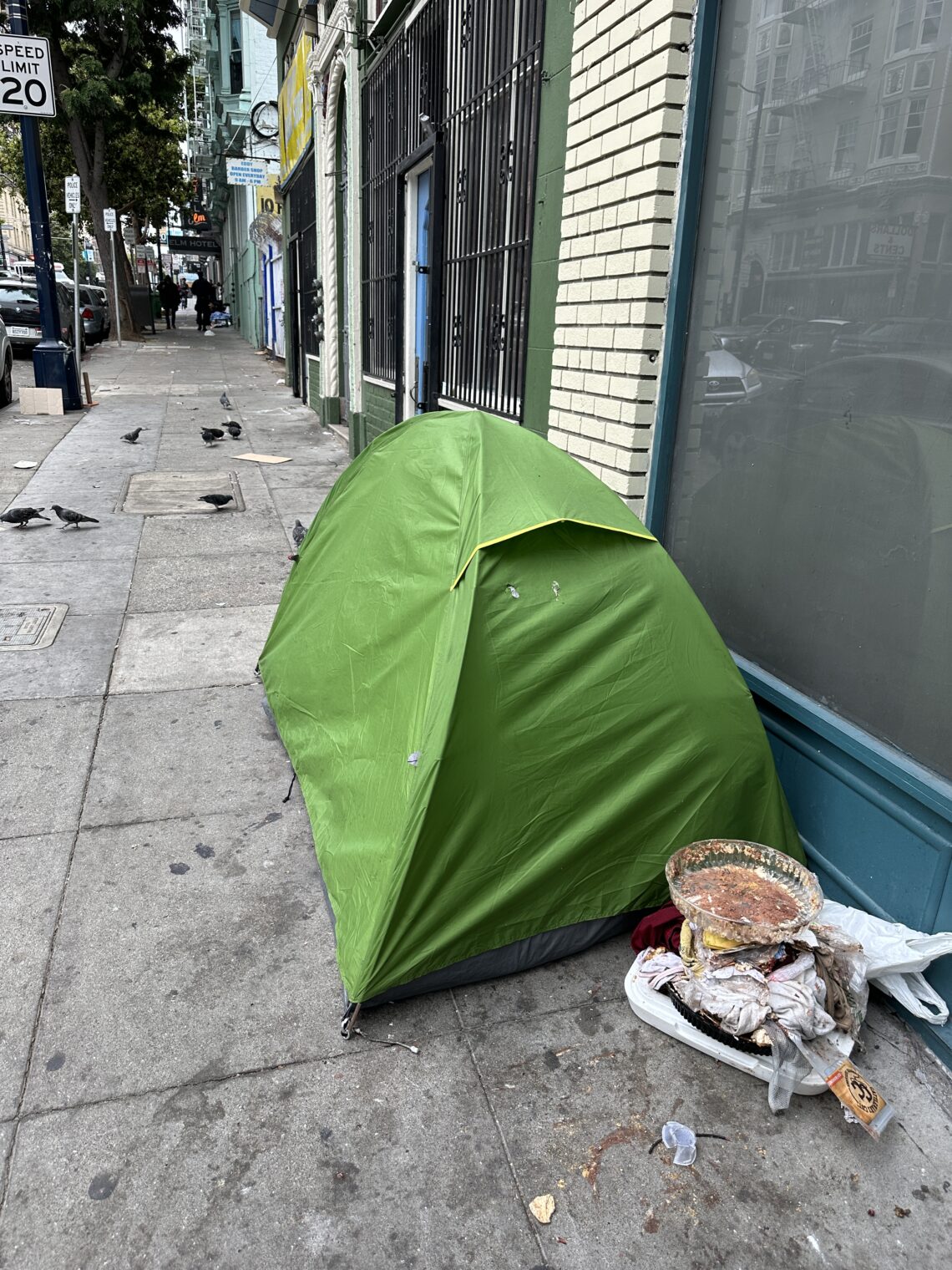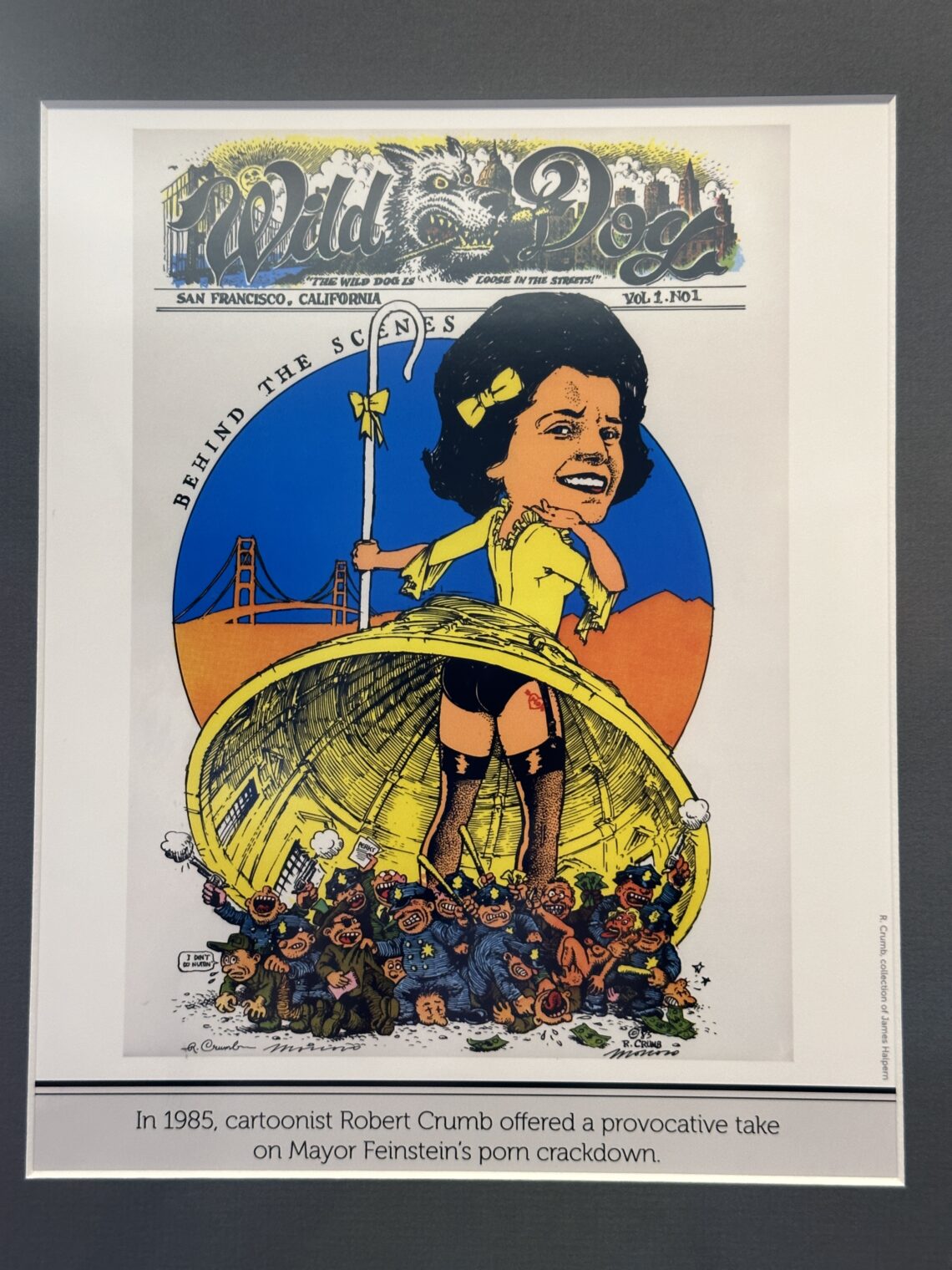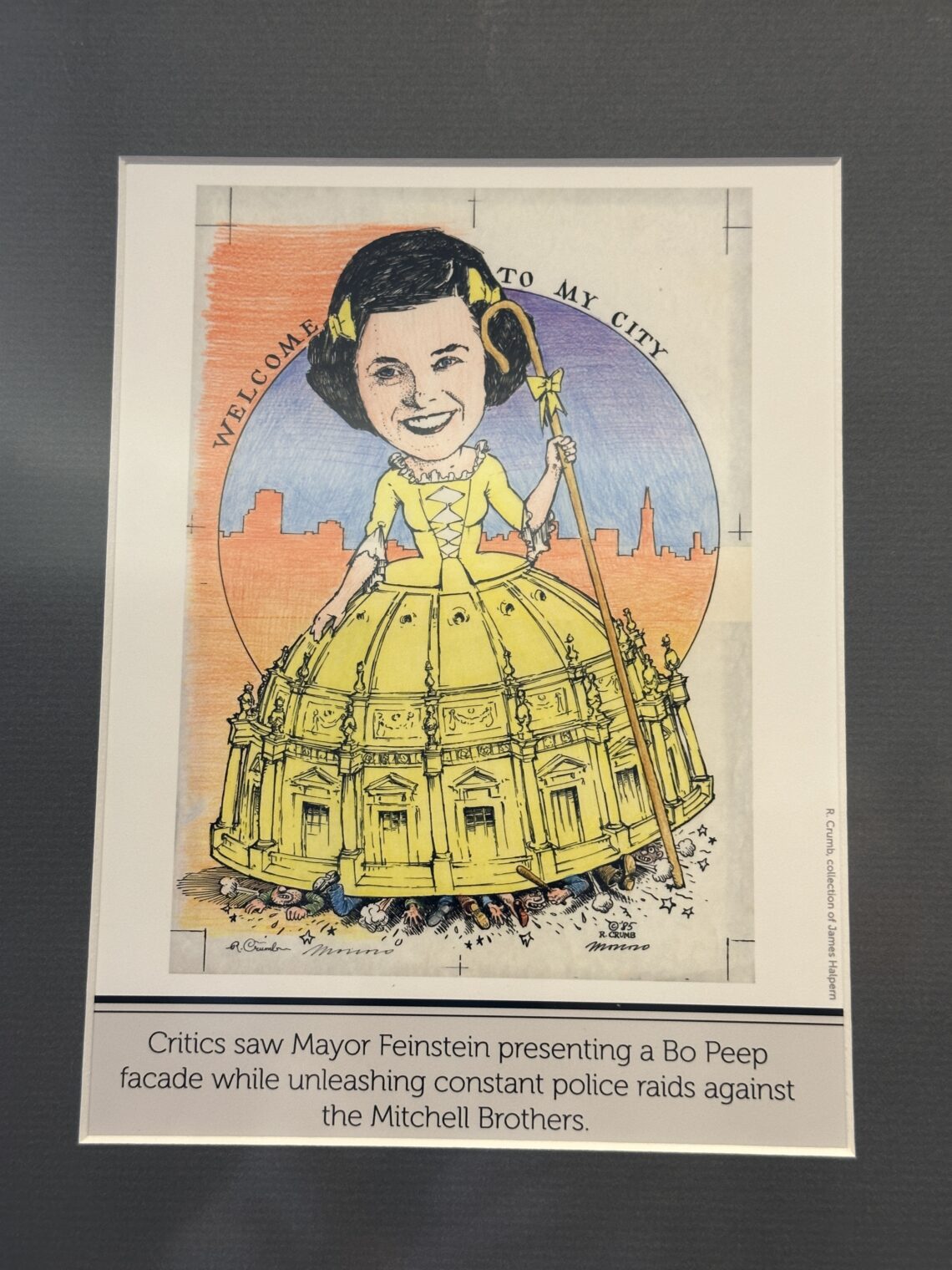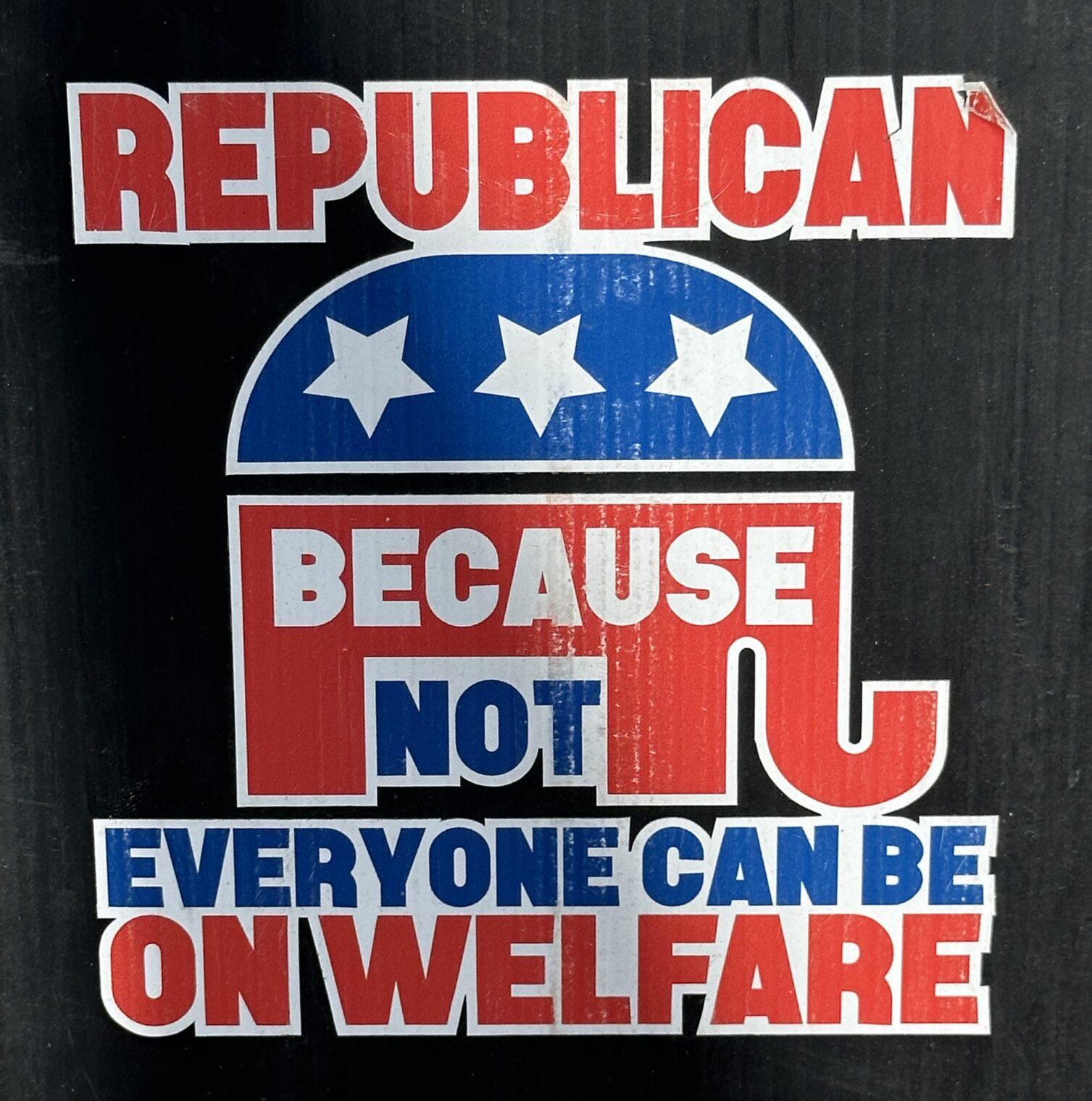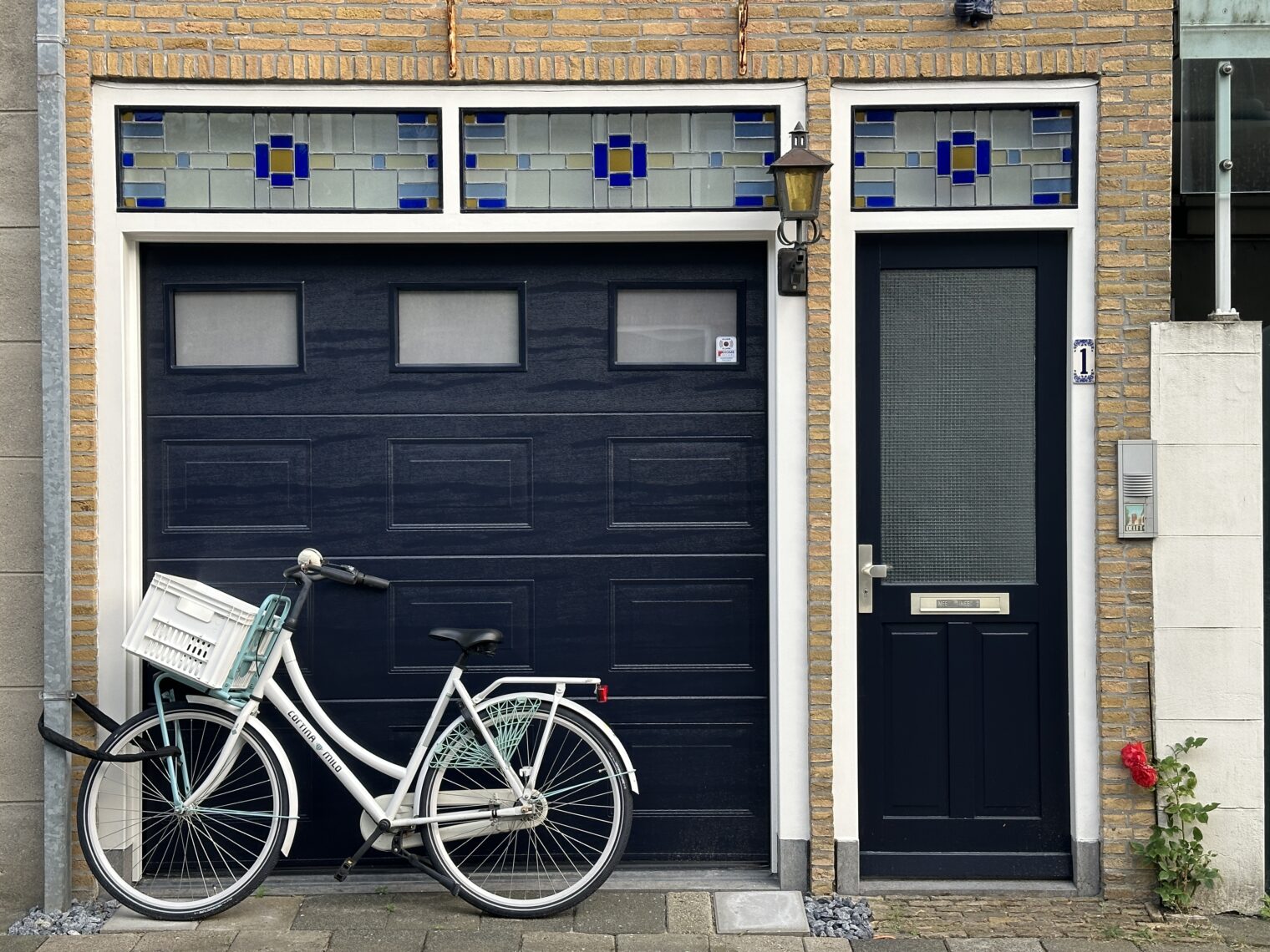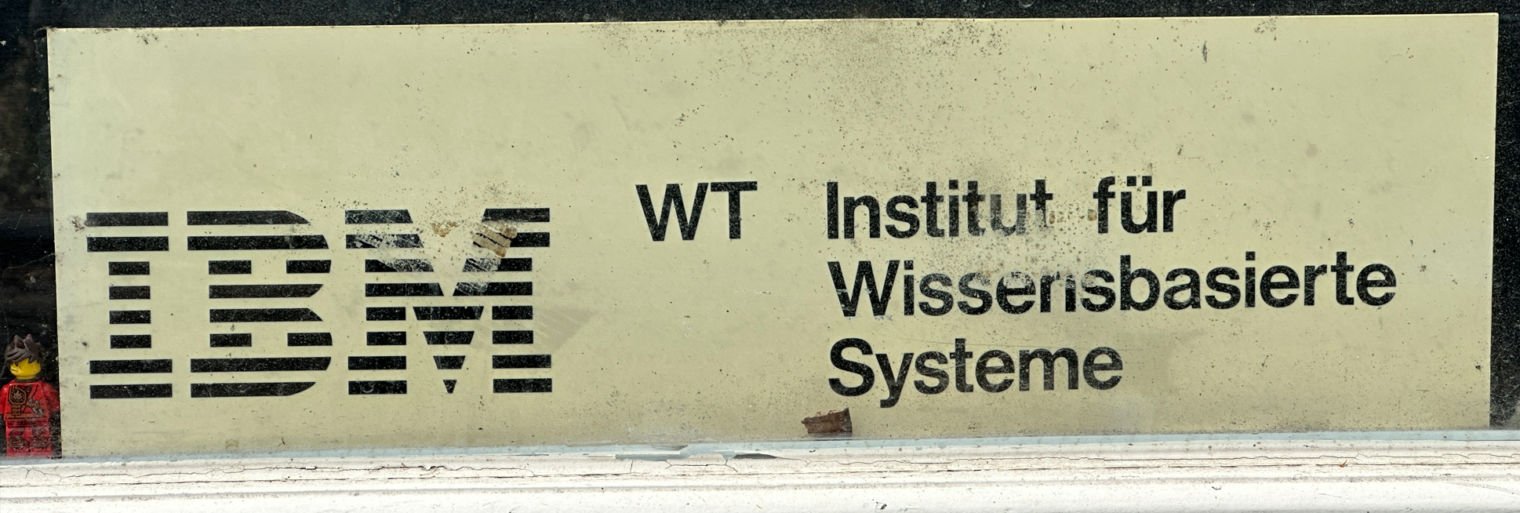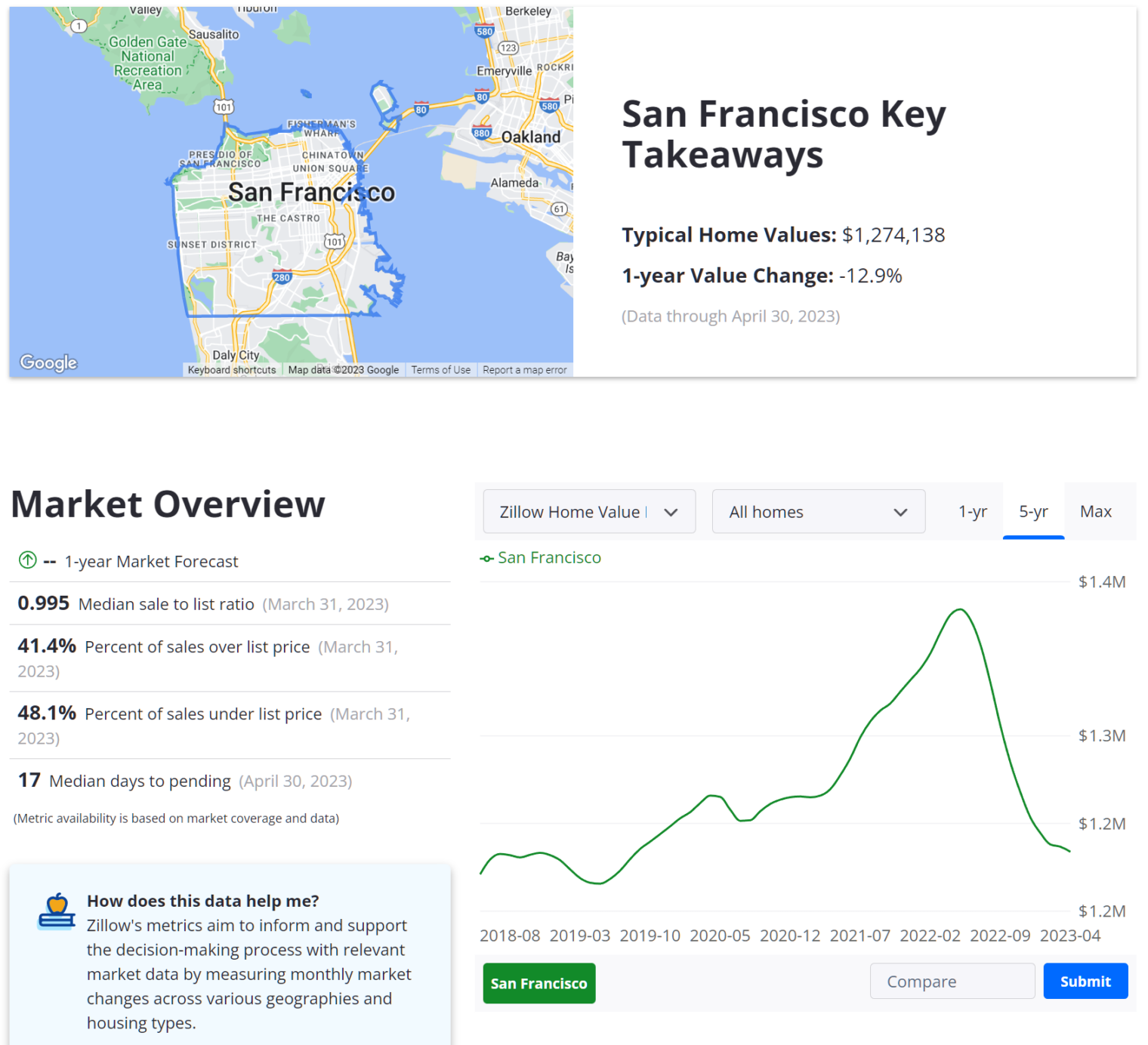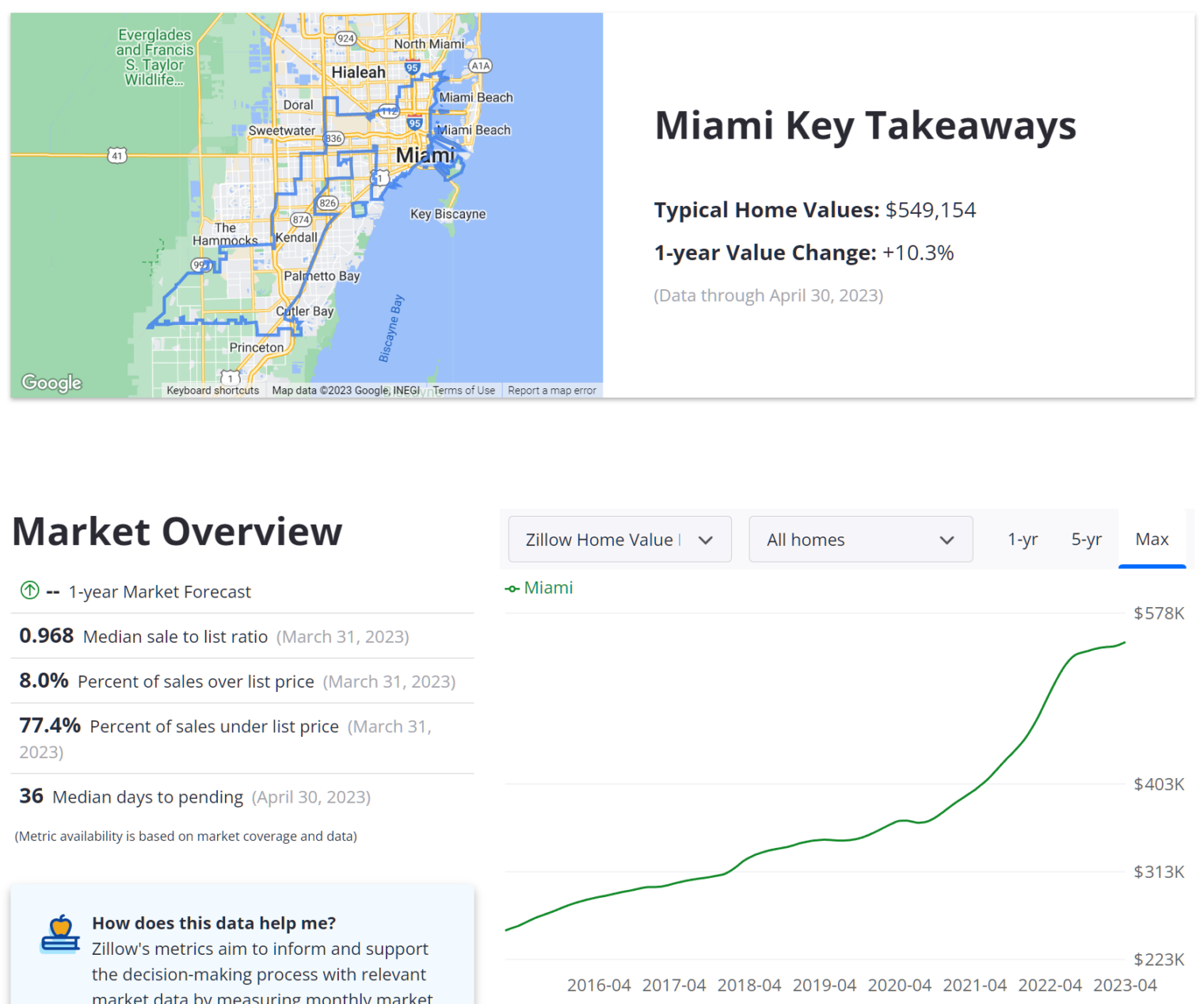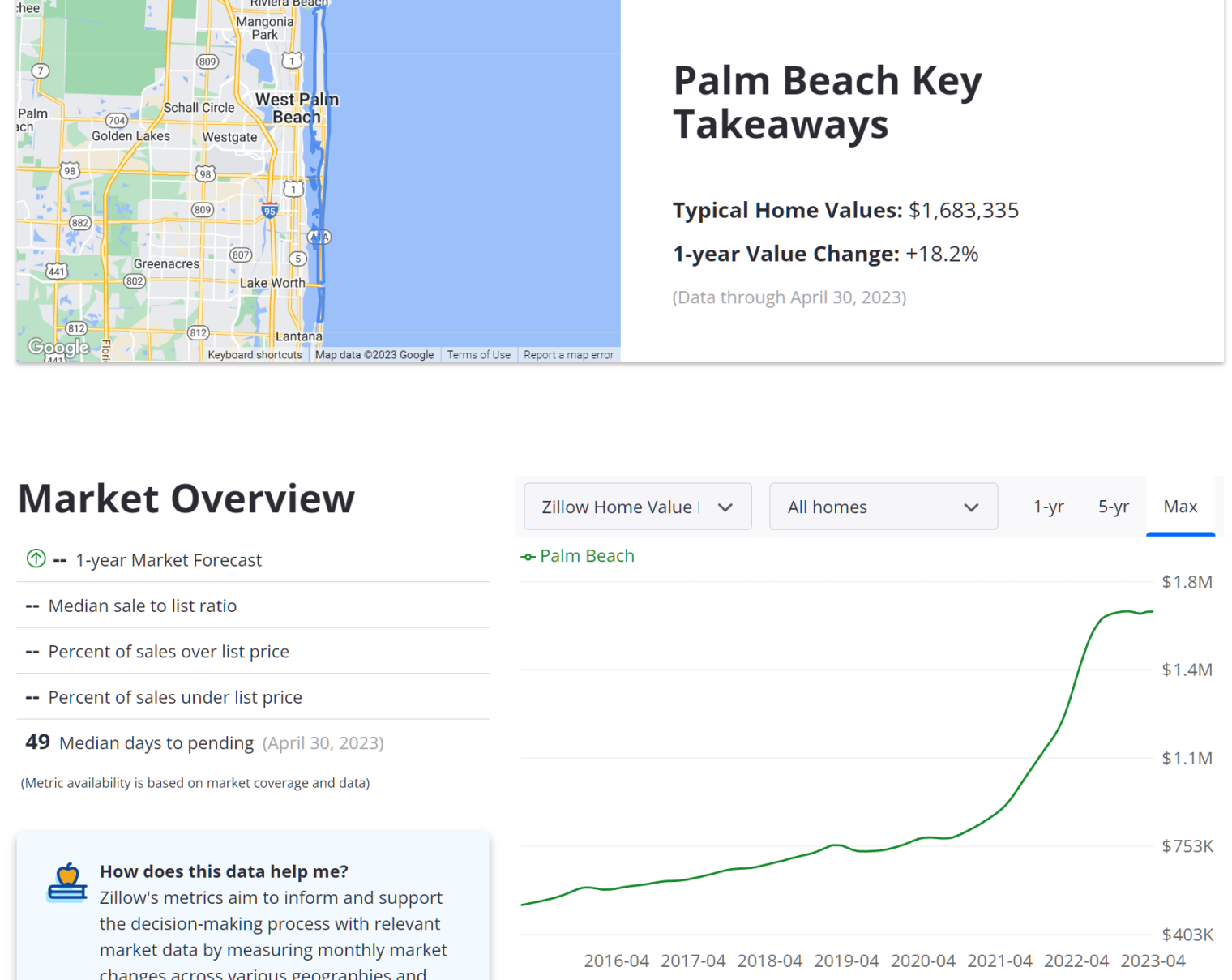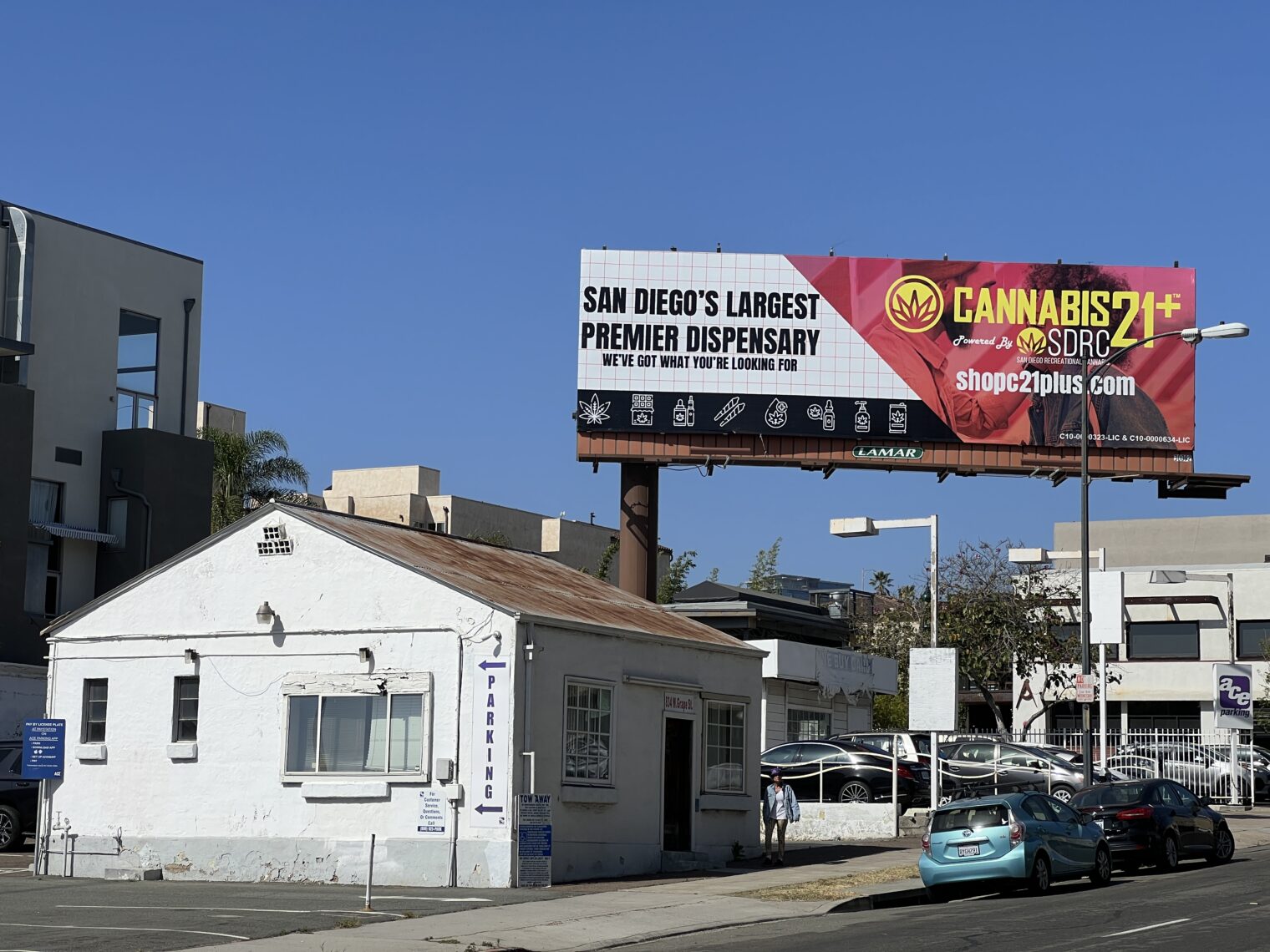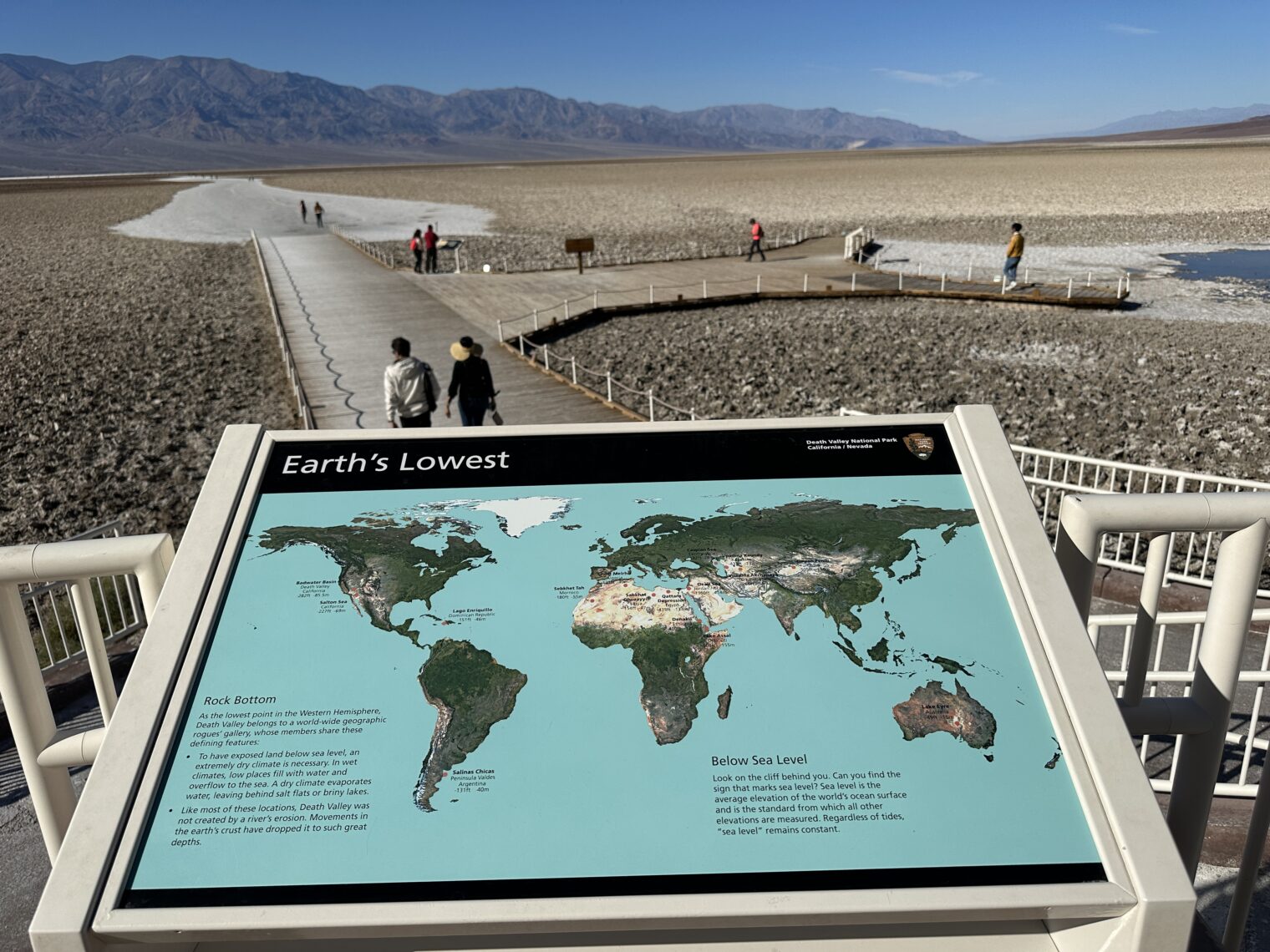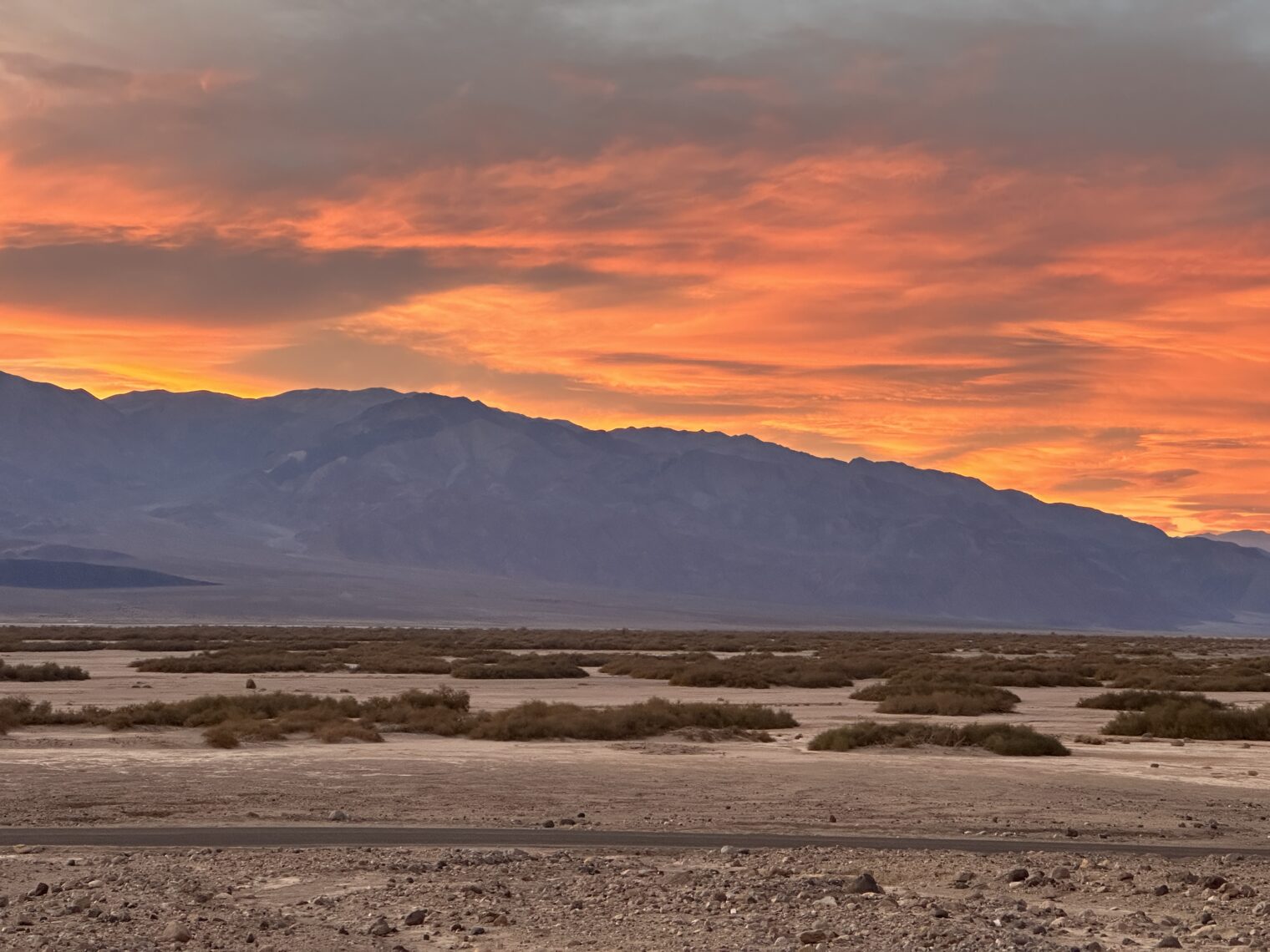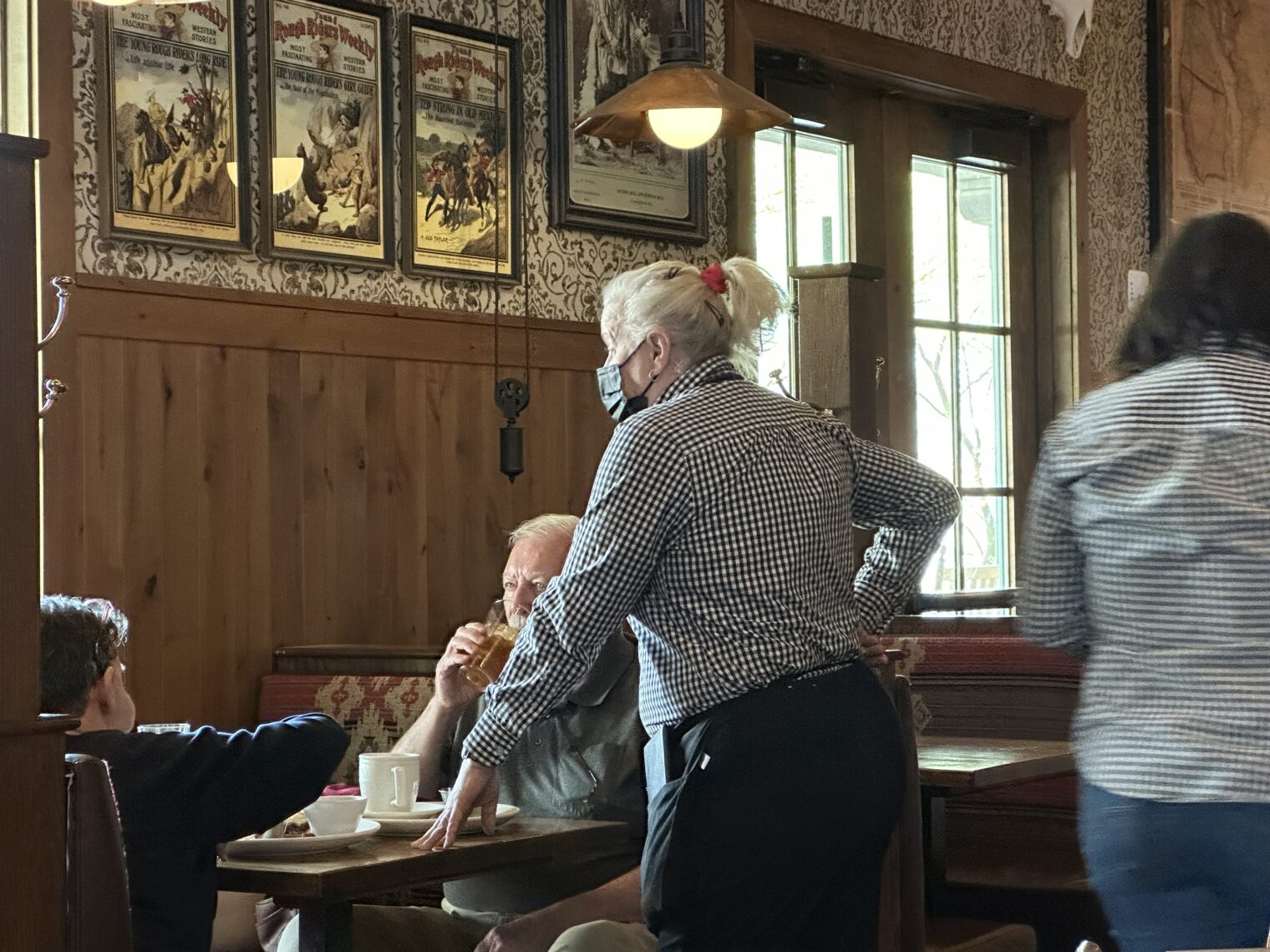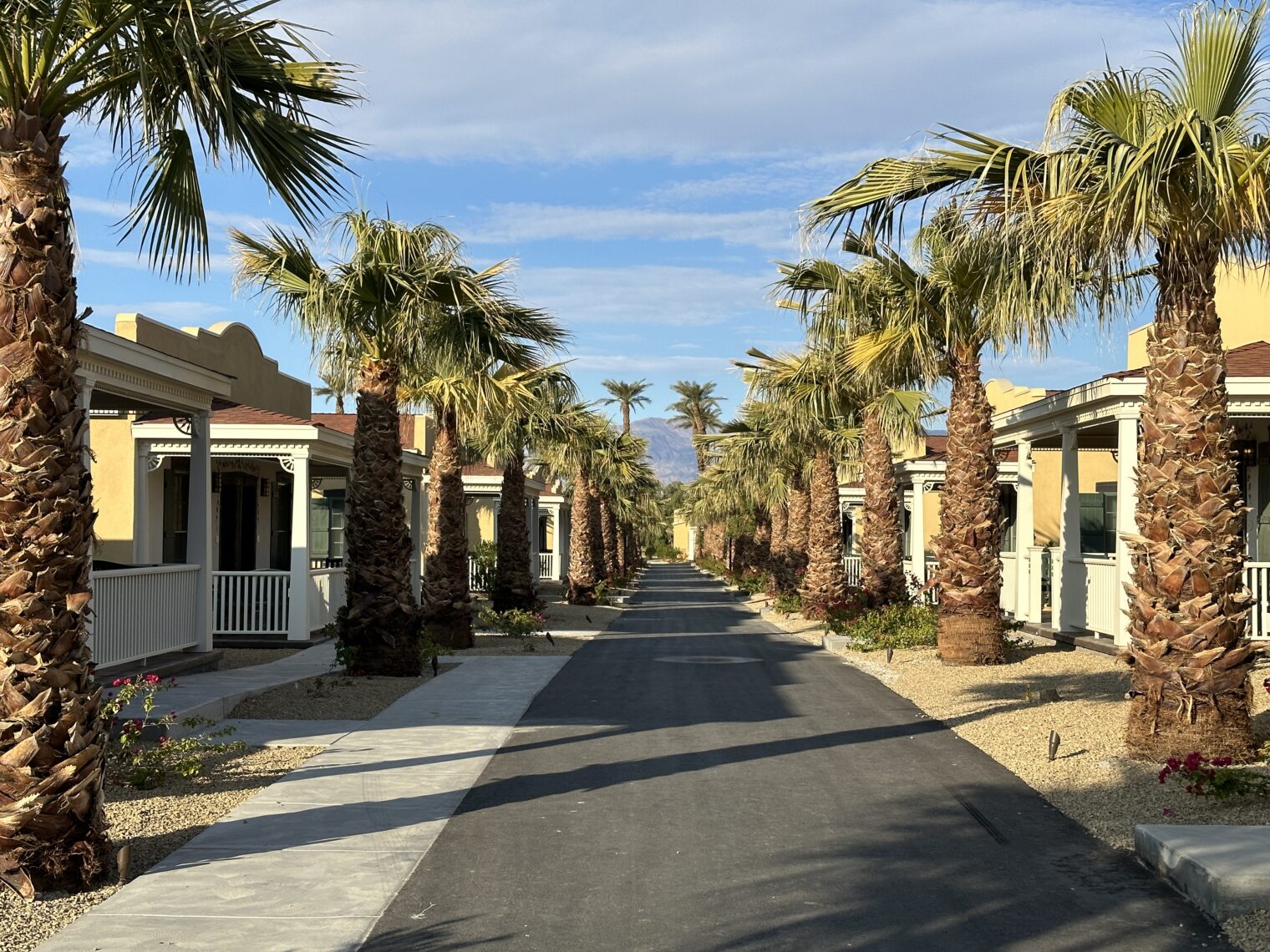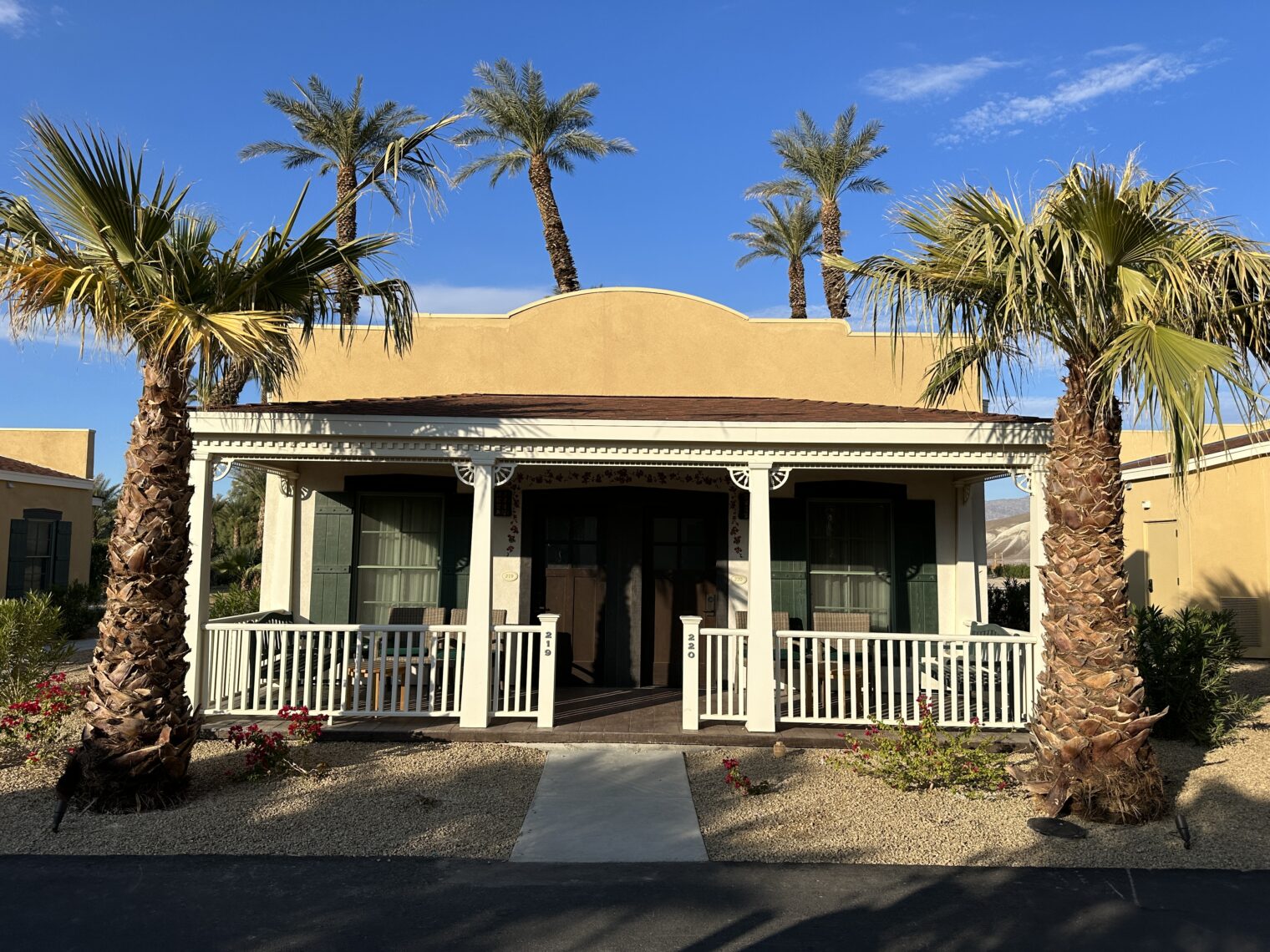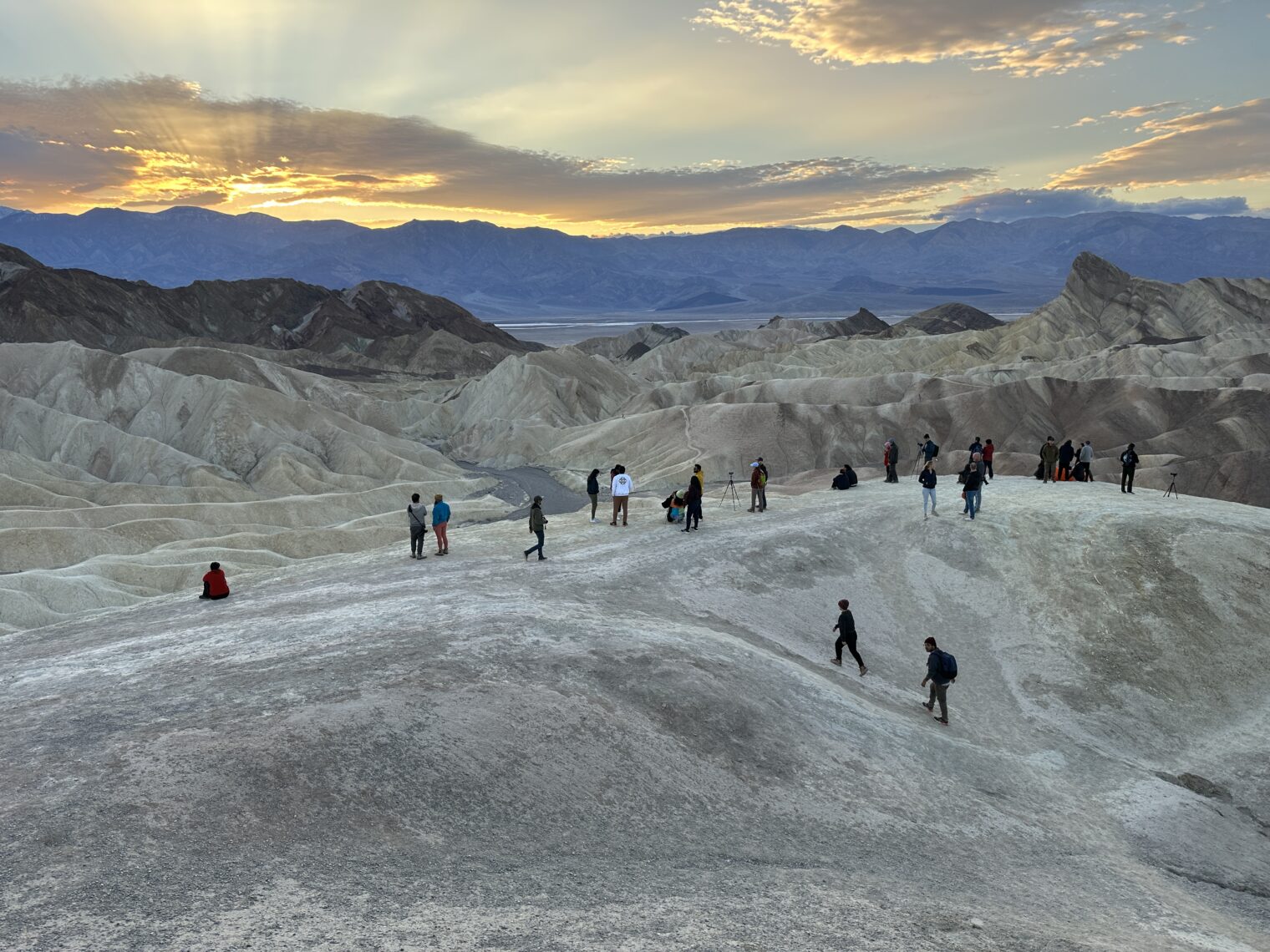I was talking to an elderly Bay Area tech industry worker at a wedding in New York City recently (see Abortion care as a wedding gift?). He said that he has switched to thicker-soled shoes for commuting via BART due to the high density of used hypodermic needles and bodily fluids on the floor. Why doesn’t he move? “OpenAI is in San Francisco and that makes the city the center of the AI industry,” he responded. “Also, for a guy like me in his 20s I have a lot more credibility here as a startup founder than I would anywhere else.” (He’s in his late 20s, which is why I characterized him as “elderly” by Silicon Valley standards.)
I wonder if this will be what saves San Francisco from suffering a “doom loop” and becoming like Baltimore and Detroit. Yes, the folks who currently live in tents and those who live at taxpayer expense in public housing will never leave (why should they?). But the opportunity to get rich quick in the AI world could keep enough workers, and the taxes that they pay, in the city.
Where else is there a competitive concentration of AI startups?
As a market enthusiast, I think we can get an estimate of the probability of San Francisco coming back, as NYC did from the 1970s nadir, by looking at residential real estate prices. Zillow says they’re down roughly 13 percent from a year ago. Adjusted for Bidenflation, therefore, they’re down 20 percent. But that only brings them back to something like pre-coronapanic values.
Let’s compare to Miami:
Owners can feel good about being 10 percent richer until they reflect that inflation in Florida has been far higher than 10 percent for almost everything!
What about the rich? With a government by the elites and for the elites let’s hope that at least the rich can get richer. Here’s Palm Beach, up by 18 percent in fake dollars;
(The recent curve looks pretty darn flat to me, however, which means that it is trending down with Bidenflation.)
So… the real estate market suggests that San Francisco isn’t going to be quite as rich as previously expected, but it will still be an in-demand place to live. On the third hand, a friend who owns a three-story building in a tent-free neighborhood has been unable to find a tenant for a vacant apartment. He has a professional agent handling the listing and the asking price is set to what the agent says is the market price, but there have been no serious inquiries in months. One area of concern that my property-owning friend raises is that he believes commercial real estate pays the majority of property taxes in the city. With office building values coming down, the city will be starved of revenue and will have to try to find a way to get it from residential property owners. I’m not sure how his scenario plays out in the Proposition 13 world. Both commercial and residential property owners are paying tax based on whatever they paid for the building some years ago. The city’s property tax receipts, therefore, shouldn’t change much even if office building values fall by 70 percent because the typical owner bought in 10+ years ago at only a fraction of the 2020 value. Even with a dramatic collapse in value, there wouldn’t be that many buildings whose property tax payments would fall after a sale and valuation-for-tax-purposes reset.
Speaking of Proposition 13, I wonder if it explains the California elites’ fondness for deficit spending and the inevitable associated inflation. Peasant renters in California are subject to the market and, except in a few rent control paradises, fully exposed to the ravages of inflation. Elite property owners, however, cannot be taxed more than 1% of whatever they paid for a house, subject to an increase for inflation not to exceed 2% per year. Elite Californians, therefore, get a tax cut in every year that inflation exceeds 2%. Who will fund their services then? While professing to be progressive, they’ve hit their peasants with a regressive 10% sales tax (varies a bit by specific location).
(For comparison, in Deplorable Florida, with no personal income tax or estate tax and nobody professing to be a progressive, sales tax is just 6-7% (depending on county).)
Related:
- San Francisco happens to be one of the few rent control paradises in California. The economic planners allowed landlords to raise rents by 2.3% for March 2022-2023 and will allow 3.6% this year (rules). The ministers note that “A landlord must be licensed to increase rent” and “A landlord may increase a tenant’s rent by the allowed amount once a year provided they’ve obtained a current rent increase license by complying with the City’s Housing Inventory requirements.”
- “The Biggest South Florida Housing Boom Is Near the Rail Stations” (Wall Street Journal): “While mass transit systems throughout the U.S. are suffering from decreased business as more people work from home, Brightline reported a 68% increase in ridership in March of 2023, compared with the same month last year. … Property values near the [Miami Brightline] station were up 83% in price over that period, compared with a 38% median increase for the Miami area. … Rent has also increased at a higher rate near the Brightline train stops. In Fort Lauderdale, rental premiums are up most, 28% higher than the market average, according to Tina Tsyshevska, an analyst at Green Street.”
Full post, including comments 